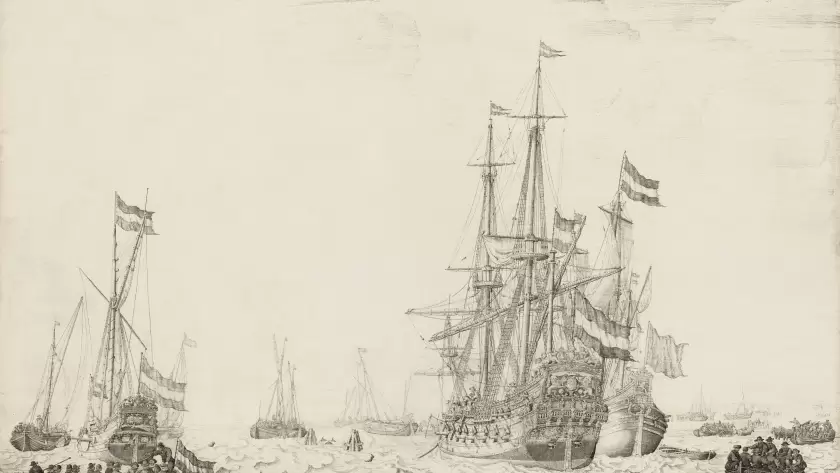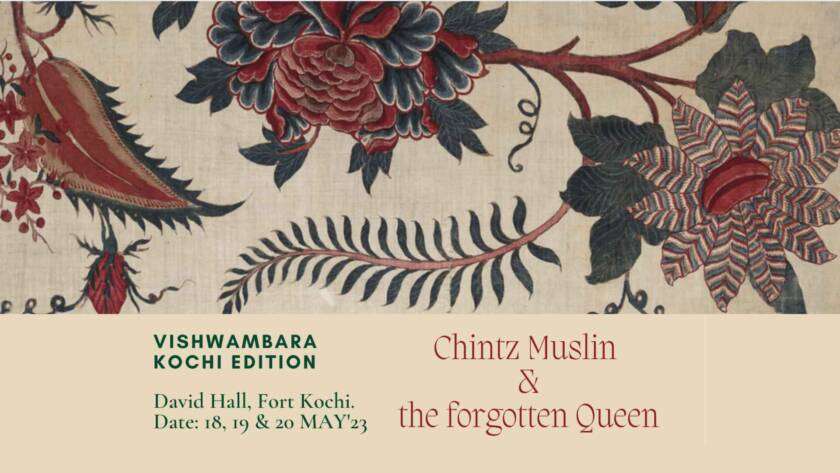Upon reaching the Coromandel Coast, Europeans quickly recognized the economic value of Indian cotton textiles, especially striped and checked fabrics. These textiles became key to the triangular trade between Europe, Africa, and Asia. Indian cotton was highly prized for its vibrant patterns and adaptability to different markets, from Guinea cloths for West Africa to Madras…









